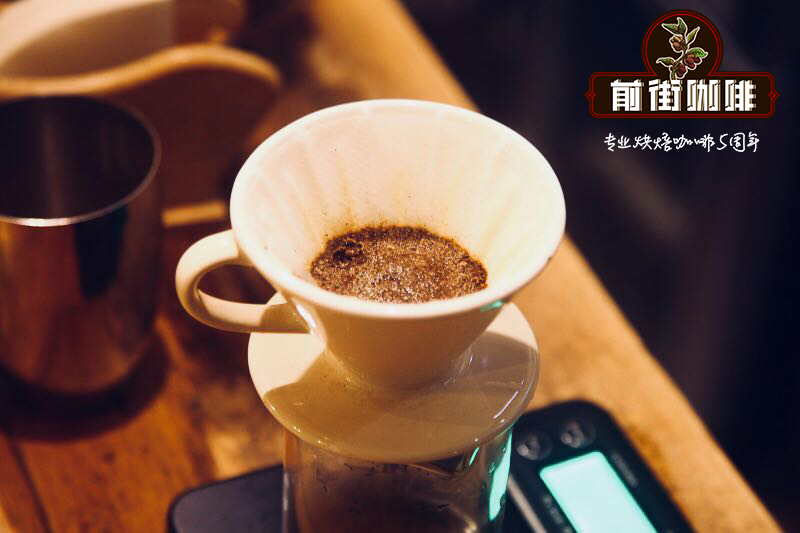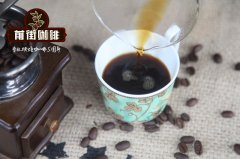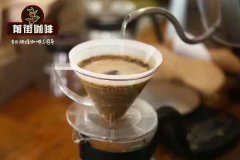Kono filter cup punching method to explain KONO handmade lessons share kono filter cup ceramic how to flush?

Professional coffee knowledge exchange more coffee bean information please follow the coffee workshop (Wechat official account cafe_style)
Also according to Mr. Yamada.
The taste of kono filter cup flushing is determined when dripping.
Dripping water determines whether the good taste of coffee can be fully released, and the back water injection is to control the intensity.
The continuous water will be lighter and the cut-off water will be thicker.
In fact, there are many key points of kono filter cup punching in the film, but if you don't have class, you may not notice it.
Here, I mentioned that it was mentioned in the film, or the part that was not said but showed in the film.
Give some references to friends who can't go to class.
1. Hold the pot with both hands, the wrist of the hand holding the pot does not move, and use the other hand to control the angle of the elbow of the hand holding the pot to control the water injection.
two。 If the height is higher or the table is lower, you can pad the kettle high, do not let the spout too high from the filter cup, so as to avoid excessive impulse.
3. When you circle the spout, the height of the spout is constant. Circle the whole pot instead of lifting the spout.
4. The speed of dripping water should be maintained that the coffee powder is inflated and should not be sunken, which means that it drips too slowly.
(if it is a coffee powder that will not expand, such as shallow baked beans or those that have been roasted for a long time, just look at the water absorption state of the coffee powder.)
5. The speed of dripping is not consistent from beginning to end, and can be adjusted according to the state of coffee powder expanding or shrinking, usually faster at the end.
6. The key to the transition from dripping to water injection is to see whether the coffee powder has absorbed enough water, not how much coffee liquid there is in the next pot.
(although the teacher will say that when there is a thin layer of coffee liquid in the pot)
When the coffee liquid that falls into the pot is not dripping, but flowing, and the filter cup begins to accumulate water, it means that the coffee powder has been fully absorbed.
It is better to observe the water absorption of coffee powder with transparent filter cups, so it is recommended for beginners to buy transparent filter cups.
7. When injecting water, at first, use a small water column to circle only in a small area in the middle. Pay attention to the size of the circle in the film, from small to large.
When circling, there is no need to pay attention to the spiral from the inside to the outside and from the outside to the inside.
In the final stage, you can rush to the edge of the filter cup and flood the coffee powder without leaving a layer of powder wall like the V60.
8. After the water is cut off, the point of re-injection is to find the darkest color on the surface, which means that the coffee powder underneath has not yet been extracted.
Don't wait for the coffee powder to sink too much before you start filling, because you have to control the kettle and water column, which also takes time.
I have only seen Mr. Yamada's film in youtube, but have not taken a class. I feel that if I ask, I will not force everyone to accept his ideas, but try my best to solve the doubts for the students.
I've always wanted to go, but it's too far and inconvenient.
I heard that the kono filter cup plus its special hand flushing method will bring out a purer flavor than the V60. I wonder if the fish has such a feeling?
(it's not that V60 doesn't taste clean, it should be that V60 emphasizes the rich flavor of beans.)
I always feel that hand-made coffee is the same as cooking food. Even if I give you a recipe, I will make a film to show you, the material will be exactly the same, and the cooking will be very different.
I feel that I am still in the stage of paying tuition fees, and when I can make a cup of coffee on the table one day, it is time to get back to my money.
Important Notice :
前街咖啡 FrontStreet Coffee has moved to new addredd:
FrontStreet Coffee Address: 315,Donghua East Road,GuangZhou
Tel:020 38364473
- Prev

The Smart Cup brand introduces how to use the Smart Cup for fun? That's the difference between a smart cup and a hand punch!
Professional coffee knowledge exchange more coffee bean information Please follow the advent of the coffee workshop (Wechat official account cafe_style) Smart Cup (Clever Coffee Dripper), which has solved the problem encountered by many people in coffee brewing. In addition to its own cheap price, there is no need to buy other hand-brewed coffee props. In use, it is easy to operate and easy to clean.
- Next

Kono coffee filter cup brewing method of the drop method teaching kono coffee filter cup model comparison analysis
Professional coffee knowledge exchange More coffee bean information Please pay attention to coffee workshop (Weixin Official Accounts cafe_style)[1] kono filter cup drip method [worm/Maya] -filter cup long rib/middle rib/short rib (90 special edition) -powder water ratio: 20g/250cc-divided into three stages, stacked taste, and the first stage is like steaming and water does not overflow into the next pot. - Phase refers to water volume; water is long because of time
Related
- What is the Philharmonic pressure? How to use Philharmonic pressure to make delicious coffee
- Why does a hand grinder have more fine powder than an electric grinder?
- In addition to the hot mom, what is the difference between the versions of EK43 | ditting and Mahdi ek43?
- What kind of equipment do you need to make coffee by hand? Introduction to novice starter cooking equipment tools
- Espresso needs to be ground how thick and thin scale entry Italian Coffee Machine Bean Grinder investigation and Grinding course
- How much does it cost to open a small private cafe? How much does it cost to learn coffee? How to operate it?
- The difference between the flavor characteristics of hand-brewed coffee and coffee maker is hand-brewed coffee really better than coffee maker? Can I use a coffee machine to make coffee beans by hand?
- The difference between 01 and 02 of hario v60 filter cup what is the difference between 01 and 02 filter cup opening and cooking flavor
- What's the difference between the smart cup and the French kettle? Which is better, the French kettle or the Smart Cup?
- What's the difference between a smart cup and a V60 filter cup? The difference between the taste of smart cup and hand-brewed coffee

